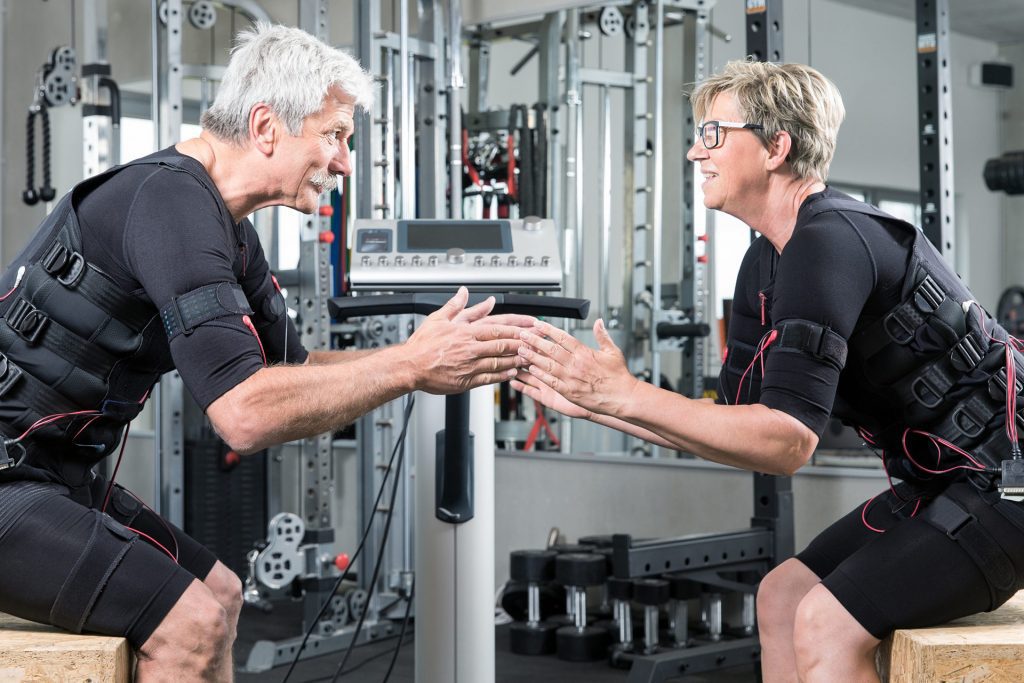Background: Researchers studies effect of EMS at different intensities on energy expenditure (oxygen and calories) in healthy adults.
Method: 40 sedentary healthy adults (18 males, 22 females) underwent EMS across various intensities (E1 – sensory level, E2 – motor threshold, E3 – maximal intensity comfortably tolerated). Cardiopulmonary gas exchange was evaluated during rest, EMS and recovery stage.
Finding: EMS at E2 and E3 levels significantly increased energy expenditure and the energy expenditure at recovery stage was still significantly higher than baseline.
Conclusion: EMS may be used to serve as an additional intervention for weight loss programs.
Research Paper: Hsu, Miao-Ju (2011) “Effect of Neuromuscular Electrical Muscle Stimulation on Energy Expenditure in Healthy Adults.” Sensors 11. pp. 1932-1942












